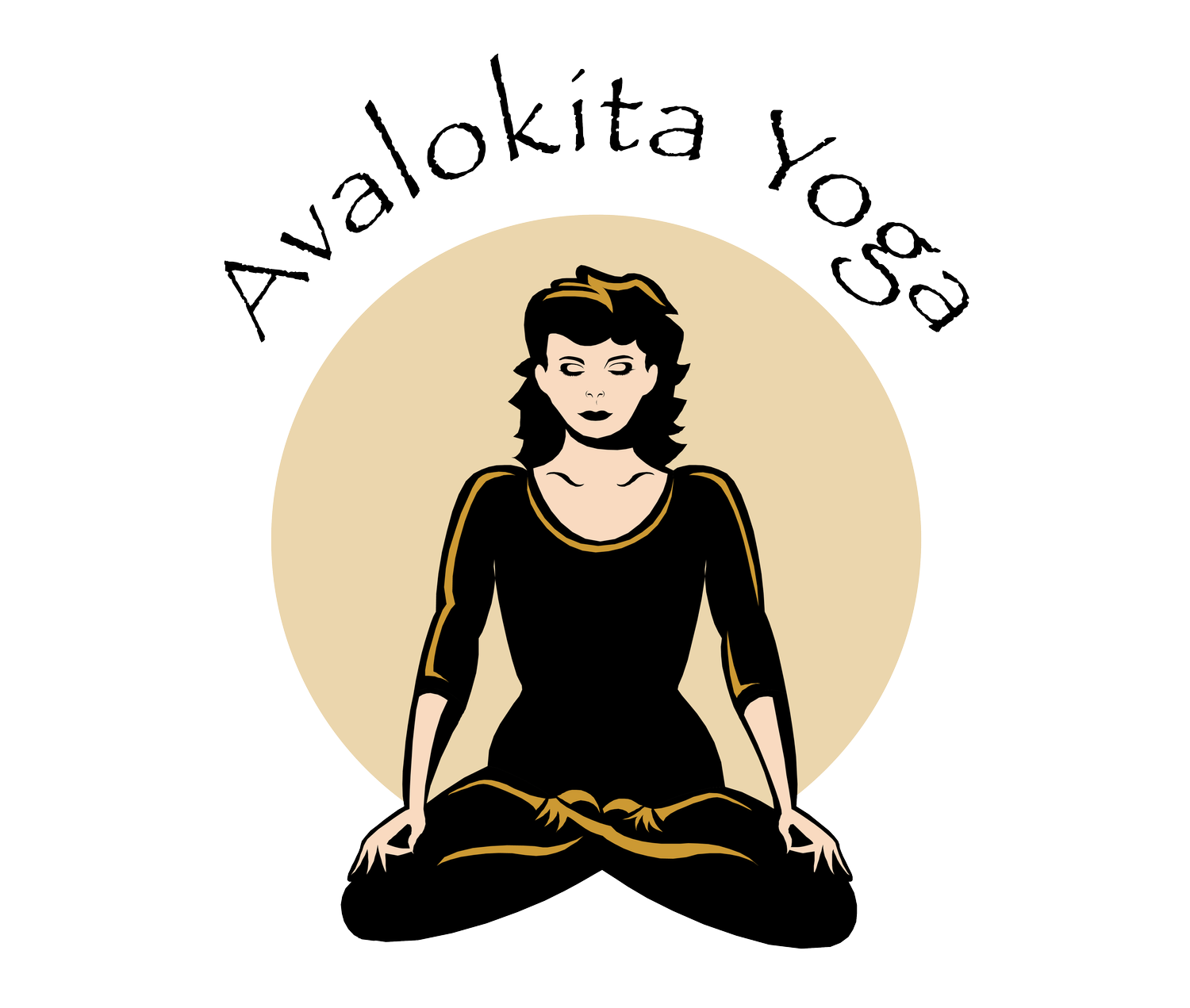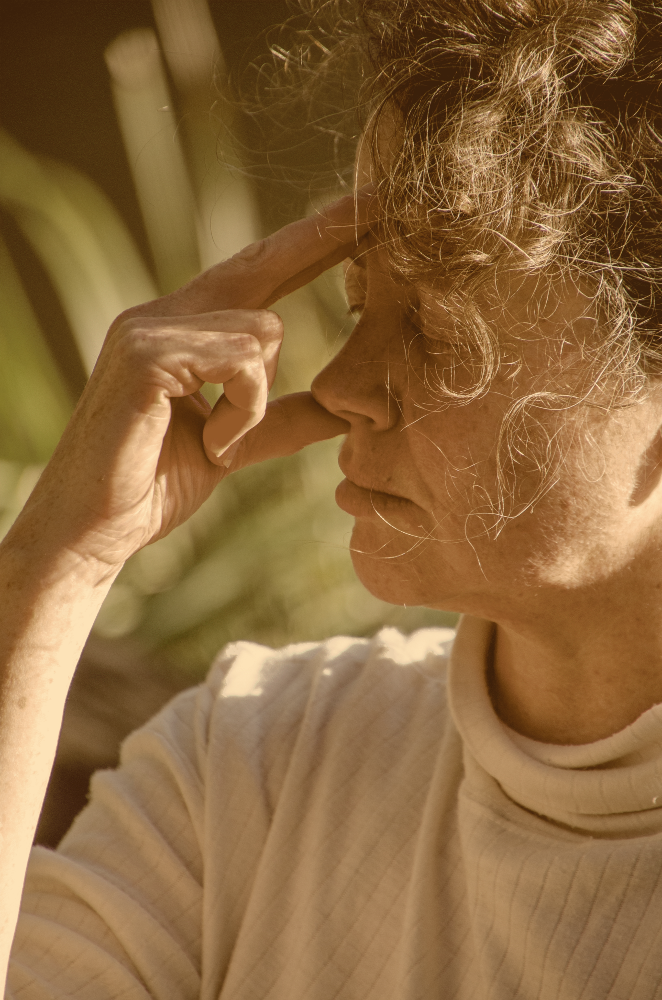Why do I need to learn how to breathe when I’ve been breathing my whole life?
When I first began teaching Yoga, I was teaching in gyms and fitness centres. In Australia at least, these seem to be the places where many people first become exposed to the practice of Yoga.
I would normally finish each class with some Pranayama and Yoga Nidra.
I had one student who would come regularly to my classes but would never stay for these last two practices.
Curious, I once asked her why.
“I didn’t come here to breathe!” was her surprising response.
Remembering my own focus on asana practice when I first began my Yogic journey, this exchange reminded me how important it is for me as a teacher to work harder at introducing students to the benefits of all the various Yoga practices I include in my classes….knowledge is empowering!
So what are the benefits of Pranayama practice?
I love this little nutshell summary of the magic of Pranayama….
The breath reflects how we feel, and we can change how we feel by changing the breath.
So the breath both mirrors and influences our physical, emotional, energetic and mental wellbeing.
For example, when we are anxious, we tend to breathe from the chest so the breath is more shallow. When this happens and we are breathing without awareness, the breath will tend to stay in the chest. When we breathe from the chest for a period of time, we often become anxious….so we can become embroiled in a perpetual loop of anxiety. Being an unconscious process that we can learn how to bring under our conscious control, the process of breathing holds a unique place as a bridge between the more primitive, instinctual brain and our higher levels of consciousness. The ancient yogis learnt how to make the most of this link.
Pranayama practice works on the mental level initially by building an awareness of the breathing process. This increased awareness helps us to be more ‘tuned in’ to how our breath responds to changes in how we are feeling. Through the manipulation of the breath using practises to expand, cool, heat, tranquilise, activate and/or soothe…Pranayama practice teaches us techniques we can use to change how we feel.
Building awareness and control of the breath builds a corresponding awareness and control of prana in the body. It is said that ‘prana’ or life force “rides on the wings of the breath”…so the practice of pranayama works on an energetic level by manipulating the flow of this subtle energy. “Pranayama” is a Sanskrit word that has been defined as “extension or expansion of the dimension of prana (life force)”. The sage Patanjali defines pranayama in the Yoga Sutras as the space between the in-breath and the out-breath. The final stage of learning pranayama practice is breath retention or “kumbhaka”. Holding the breath in allows more time for the body’s cells to absorb the prana that has entered the body.......thereby “extending” or “expanding” the body’s “pranic dimension”
On a physical level ........Pranayama practice strengthens the muscles used for breathing.......improving the efficiency of the lungs and increasing the oxygen levels in the blood. Most people breathe incorrectly and only utilise a small portion of their lung capacity. As these poor breathing habits continue throughout life, the lung capacity reduces as we age. Human beings can survive without food or water for days at a time.....whereas serious complications can arise when the body is deprived of oxygen for only a few minutes!
Any improvement in the efficiency of this essential bodily activity can assist with heart health, reduce toxins and improve circulation, metabolism and sleep. The inevitable slowing of the breathing process that occurs during many of the pranayama practises is also a key goal, as the ancient yogis observed that those animals who breathed the slowest, tended to live the longest. While Pranayama practise can help to prepare us for meditation, it also works beautifully as a meditation practise in itself!
Sources:
Swami Niranjanananda Saraswati, “Prana Pranayama Prana Vidya” Yoga Publications Trust, Munger, Bihar, India. 2002.
Swami Satyananda Saraswati, “Asana Pranayama Mudra Bandha” Yoga Publications Trust, Munger, Bihar, India. 2008.

